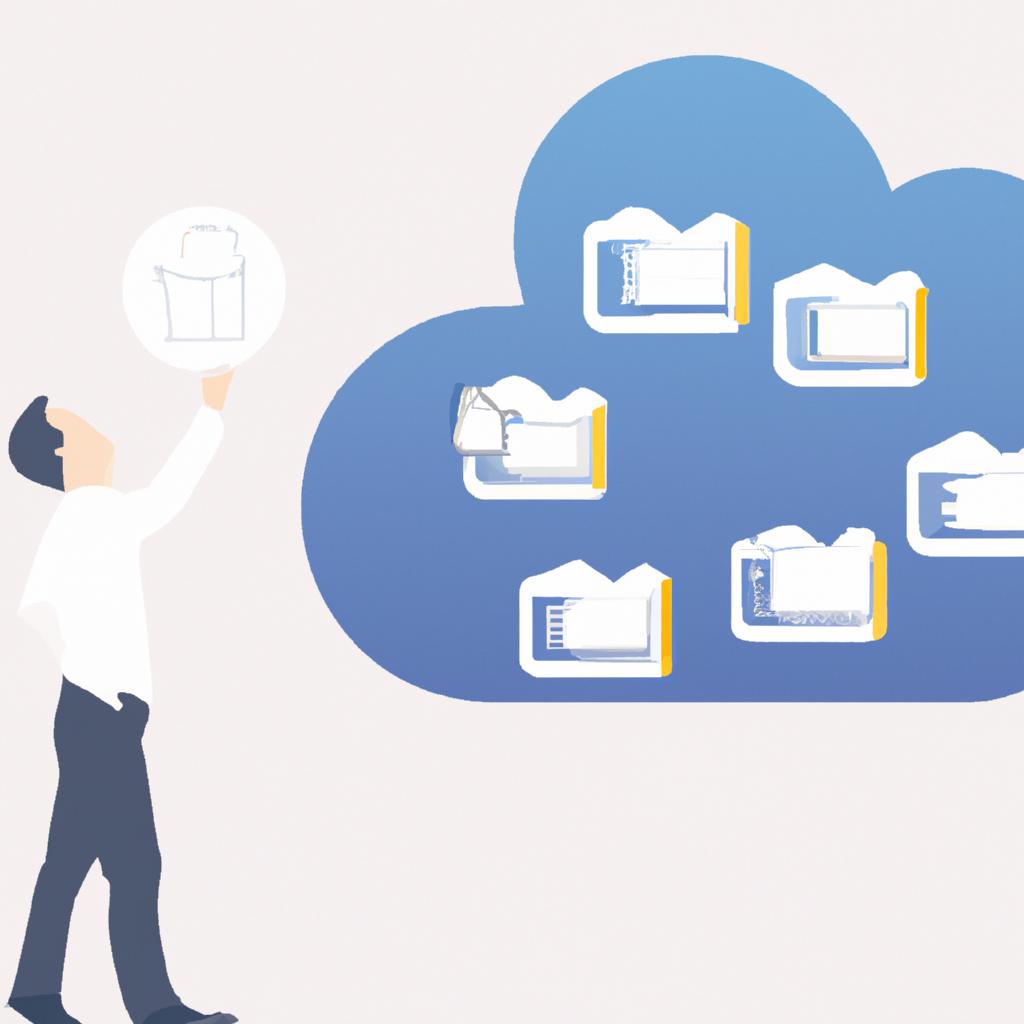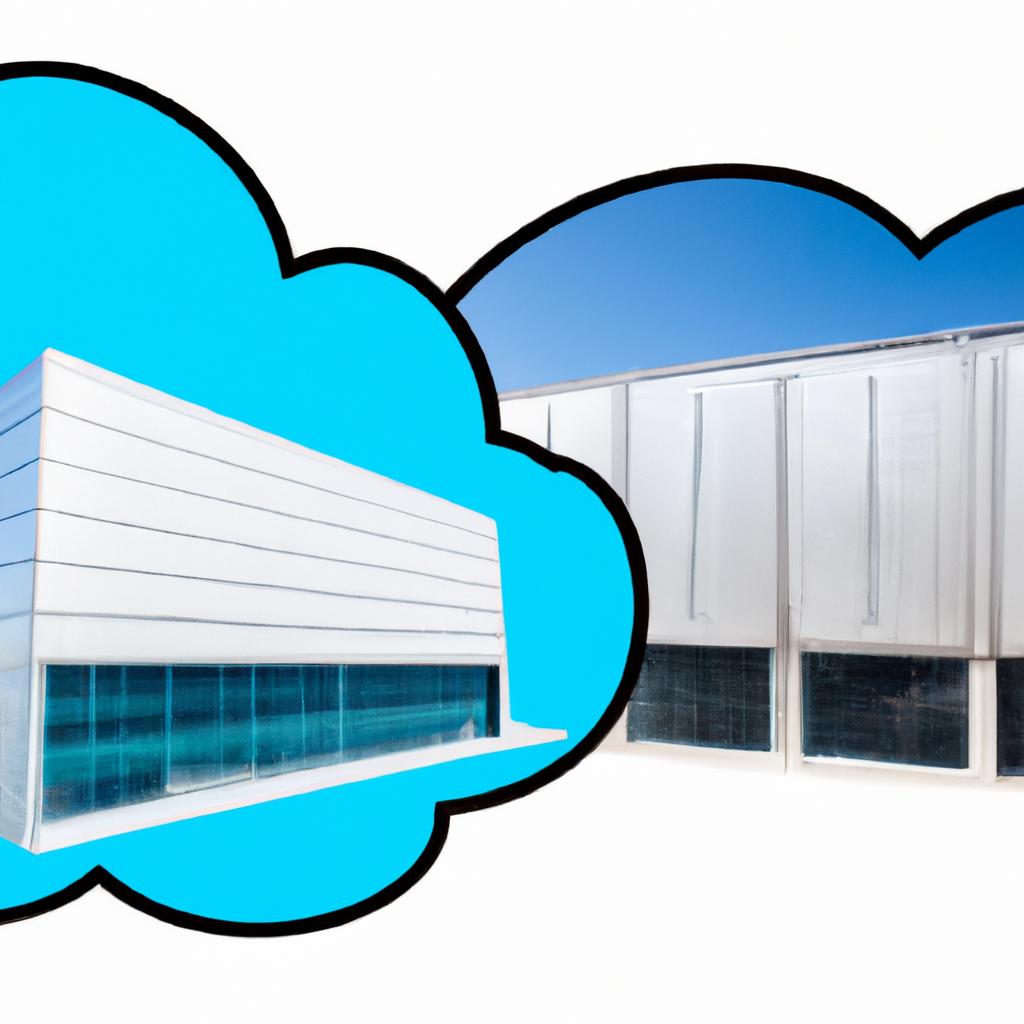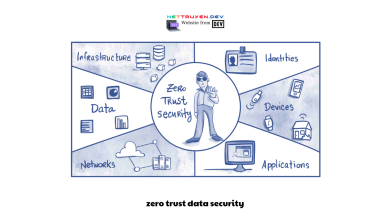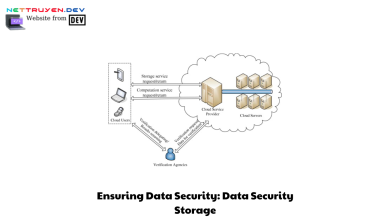Is the Cloud Just a Data Center? Exploring the Differences and Benefits

As we become increasingly reliant on technology, the concept of cloud computing has become ubiquitous. But what exactly is the cloud, and how does it differ from traditional IT infrastructure such as data centers? In this article, we’ll explore the differences between the cloud and data centers and examine the benefits of cloud computing.
Introduction to Cloud Computing

Simply put, cloud computing refers to the delivery of computing services over the internet. Instead of relying on physical hardware and servers, businesses and individuals can access a range of services such as storage, software, and processing power via the cloud. This allows for greater flexibility and scalability, as users can easily scale their usage up or down according to their needs.
Brief History of the Cloud

The origins of cloud computing can be traced back to the 1960s, when mainframe computers were first able to support multiple users. However, it wasn’t until the 2000s that cloud computing truly began to take off, with the advent of services such as Amazon Web Services and Google Apps.
Is the Cloud Just a Data Center?
This question is a common one, and the answer is both yes and no. While data centers are certainly a part of the cloud infrastructure, the cloud is much more than just a data center. The key difference lies in the way that resources are accessed and managed. In a data center, resources are typically owned and managed by a single organization. In contrast, cloud resources are usually shared across multiple users and organizations, allowing for greater efficiency and cost savings.
In the following sections, we’ll explore the differences between data centers and the cloud in more detail and examine the benefits of cloud computing.
Understanding Data Centers
Definition of Data Centers
Data centers are physical facilities that house computer systems and associated components, such as telecommunications and storage systems. These facilities are designed to store, manage, and disseminate large amounts of data and are critical components of traditional IT infrastructure.
Role of Data Centers in Traditional IT Infrastructure
Data centers have long been the backbone of traditional IT infrastructure. They are used to store and process large amounts of data, run applications, and provide other computing services. Data centers are typically owned and managed by a single organization and are used to support a wide range of activities, from government operations to e-commerce websites.
Advantages and Disadvantages of Data Centers
There are several advantages to using data centers, including the ability to store and manage large amounts of data, the ability to run complex applications, and the ability to provide high levels of security and data protection. However, there are also several disadvantages to using data centers, including high costs, limited scalability, and the need for specialized expertise to manage and maintain the facilities.
Despite these disadvantages, data centers continue to play a critical role in traditional IT infrastructure. However, as we’ll see in the following section, the cloud offers several advantages that make it an attractive alternative to traditional data centers.
The Cloud: More than Just a Data Center
Cloud computing is a broad term that encompasses a range of different services and models. In this section, we’ll take a closer look at what cloud computing entails, and explore the different models that are available.
Definition of Cloud Computing
At its core, cloud computing refers to the delivery of computing services over the internet. These services can include everything from storage and processing power to software and applications. One of the key benefits of cloud computing is that it allows users to access these resources from anywhere in the world, as long as they have an internet connection.
Various Cloud Models
There are three main models of cloud computing: public, private, and hybrid. Public clouds are owned and operated by third-party providers, and resources are shared across multiple users and organizations. Private clouds, on the other hand, are owned and operated by a single organization, and resources are not shared with external users. Hybrid clouds combine elements of both public and private clouds, and allow organizations to balance the benefits of both.
Key Features of Cloud Computing
There are several key features that set cloud computing apart from traditional IT infrastructure. One of the most significant is scalability – cloud resources can be easily scaled up or down according to changing needs, without the need for significant investment in hardware or infrastructure. Additionally, cloud computing offers greater flexibility, as resources can be accessed from anywhere in the world. Finally, cloud computing is often more accessible than traditional IT infrastructure, as it does not require significant upfront investment or maintenance costs.
Benefits of Cloud Computing
Cloud computing offers a range of benefits for businesses and individuals alike. In this section, we’ll explore some of the key advantages of the cloud.
Cost savings and efficiency
One of the main benefits of cloud computing is the potential for cost savings. Traditional IT infrastructure can be expensive to set up and maintain, with costs for hardware, software, and personnel adding up quickly. In contrast, cloud services are typically subscription-based, with users only paying for what they use. This can lead to significant cost savings over time, particularly for small businesses or startups.
Cloud computing also offers greater efficiency, as users can easily scale their usage up or down according to their needs. This means that businesses can quickly respond to changes in demand without having to invest in additional hardware or software.
Enhanced collaboration and productivity
Another key advantage of the cloud is the ability to collaborate and work remotely. Cloud services such as Google Drive and Dropbox allow users to easily share files and collaborate on projects in real-time, regardless of their location. This can lead to increased productivity and efficiency, as users can work together seamlessly without the need for physical meetings or face-to-face communication.
Improved disaster recovery and business continuity
Finally, cloud computing can also offer improved disaster recovery and business continuity. In the event of a natural disaster or other disruption, cloud services can provide a backup of critical data and applications. This means that businesses can quickly recover from such events and continue their operations with minimal disruption.
Overall, the benefits of cloud computing are clear. From cost savings and efficiency to enhanced collaboration and improved disaster recovery, the cloud offers a range of advantages for businesses and individuals alike.
Conclusion
In conclusion, while data centers and the cloud may share some similarities, they are fundamentally different in terms of infrastructure, cost, scalability, and security. For businesses and organizations, understanding these differences is crucial in order to make informed decisions about their IT infrastructure.
The benefits of cloud computing are clear, with increased efficiency, cost savings, and flexibility being just a few of the advantages. However, it’s important to note that the cloud is not a one-size-fits-all solution. Depending on the specific needs and requirements of your organization, a traditional data center or a hybrid approach may be a more suitable option.
Ultimately, the question of whether the cloud is just a data center is a complex one. While the two may share some similarities, the cloud represents a paradigm shift in the way that we approach IT infrastructure, offering new possibilities and opportunities for businesses and individuals alike.
Conclusion: So above is the Is the Cloud Just a Data Center? Exploring the Differences and Benefits article. Hopefully with this article you can help you in life, always follow and read our good articles on the website: nettruyen.dev




